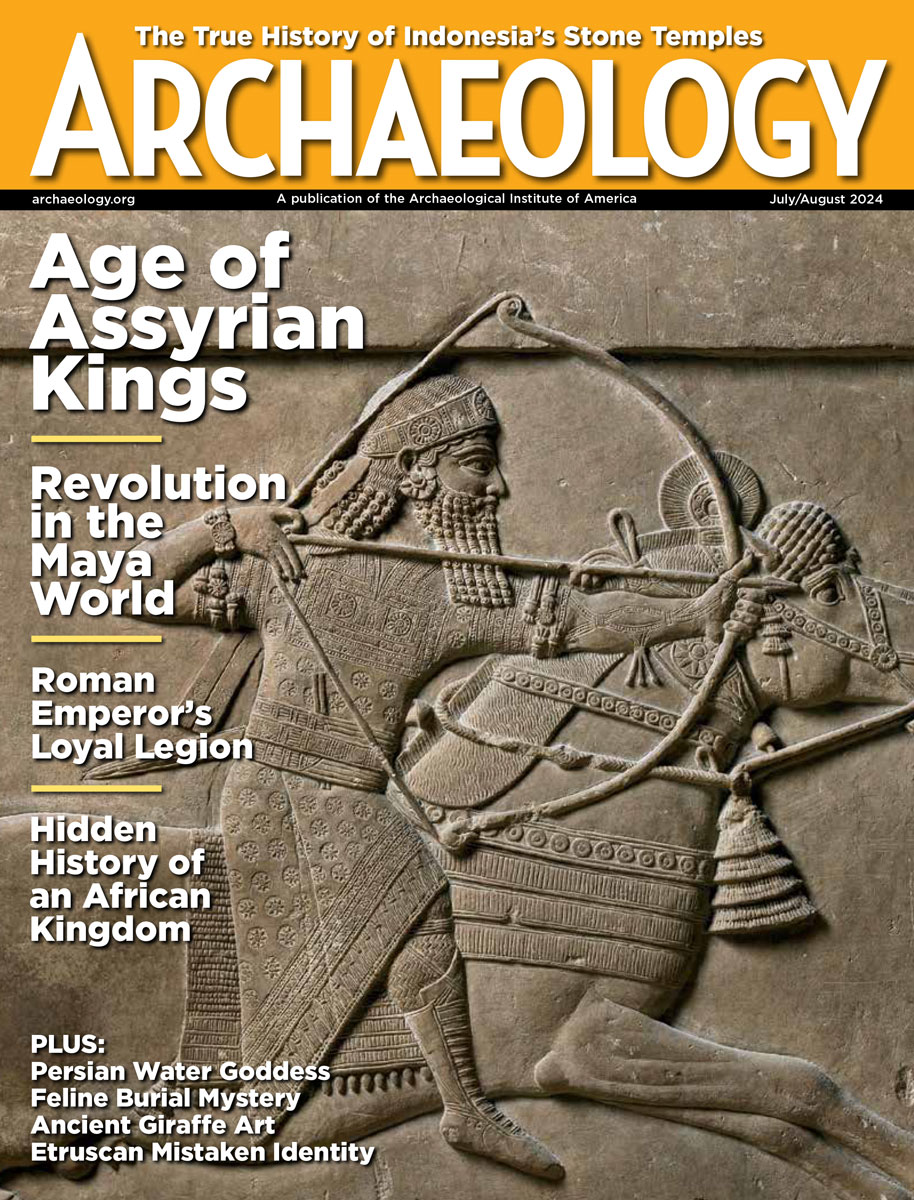Thursday, January 19
January 19, 2012
A three-judge panel in Rome has ruled that the statute of limitations has run out on the charges against American antiquities dealer Robert Hecht, but that artifacts confiscated from his homes should be returned to the Italian state. “I am not proud to say that Italian justice is slow. It is mortifying,†said retired prosecutor Paolo Ferri, who built the case against Hecht when the trial began in 2005.
Popcorn was eaten in Peru 1,000 years earlier than previously thought, according to a new study by Dolores Piperno of the Smithsonian Museum of Natural History. “This evidence further indicated that in many areas corn arrived before pots did, and that early experimentation with corn as a food was not dependent on the presence of pottery,†she added.
How did the minds of Neanderthals work? Thomas Wynn and Frederick L. Coolidge of the University of Colorado, Colorado Springs, consider recent Neanderthal research.
The remains of an Ohio pilot may soon be recovered from his amphibious plane, which capsized in rough waters near Maine in 1942. Parks Canada’s Underwater Archaeology Service discovered the wreckage while looking for shipwrecks in 2009. Lt. Col. Jack Zimmerman of the U.S. Army Air Corps is best known for having flown the first scheduled flight into LaGuardia Airport in New York City and for having logged more than two million miles in flight.
A team of researchers from the U.S. and South Africa will investigate a ship that had been loaded with enslaved Africans when it sank near Cape Town in the 1790s. “This is an area where archaeology could possibly make some contributions that would be unique,†said Stephen Lubkemann of The George Washington University.
Here’s a listing of the ten most important archaeological discoveries in Greece in 2011 from To Vima, and translated in ANSAmed. Â
In 1954, a Temple of Mithras was unearthed at a London construction site and hastily moved to another location. Now, it is being dismantled and transported back to its ancient foundations. “The only bit of the entire building that we can be absolutely certain is both original and in the right place is the doorstep,†said site director Sophie Jackson.
- Comments Off on Thursday, January 19









